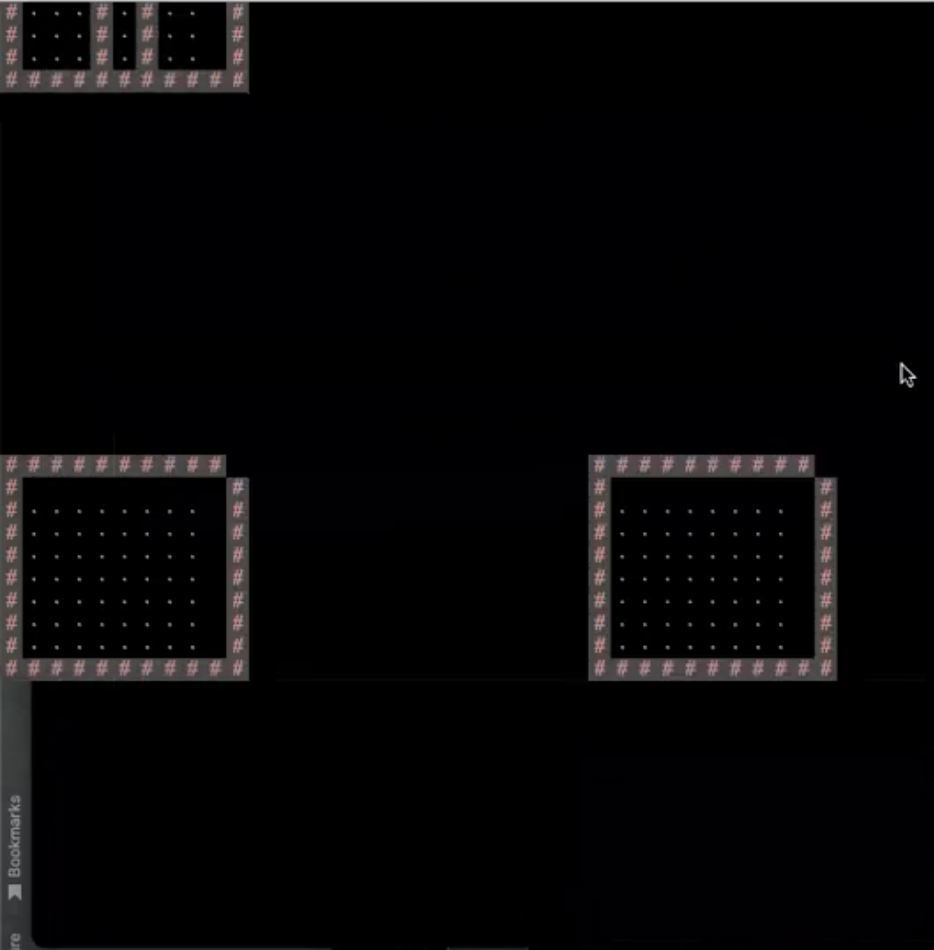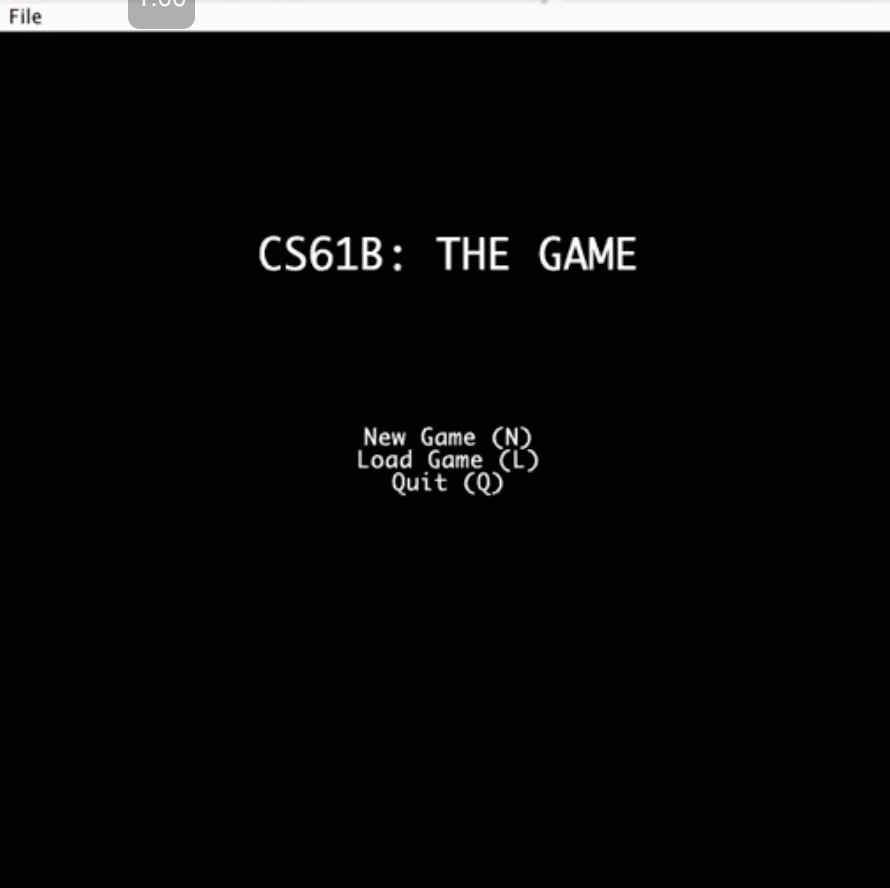Developed a tile-based board game with a partner using Java, allowing for avatar movement controlled by keyboard input and mouse clicks. The game features a file storage system for saving and loading progress, a UI that generates a random tileboard with walls and an avatar, and software quality assurance through extensive JUnit tests.
Java World Mapping Tool: NGramMap
Technologies Used
- Programming Language: Java, IntelliJ, Java Standard Draw Library
- Testing Framework: JUnit
Project Overview
As part of a collaborative project, we developed a tile-based board game that allows players to control an avatar’s movement using keyboard inputs and mouse clicks. The game provides an engaging experience by generating a random tileboard each time the game starts.
Key Features
Avatar Movement
The game supports intuitive avatar movement across a randomly generated tileboard. Players can use keyboard inputs and mouse clicks to navigate the game environment.
File Storage System
We implemented a robust file storage system that allows users to save their game progress and load it later. This feature enhances the user experience by providing continuity across game sessions.
UI Design
The game’s user interface is designed to represent various game elements, including walls, the avatar, and the floor. The UI also displays key statistics and provides a comprehensive game menu for easy navigation.
Software Quality Assurance
To ensure the game’s reliability, we wrote over 35 JUnit tests. These tests helped us identify and fix bugs early in the development process, maintaining a high standard of software quality. Additionally, we maintained a live design document throughout the project to track our progress and design decisions.
Screenshots from the Game


Conclusion
This project was a valuable learning experience in game development and UI design. By collaborating with a partner, I was able to enhance my skills in Java programming, software design, and quality assurance.